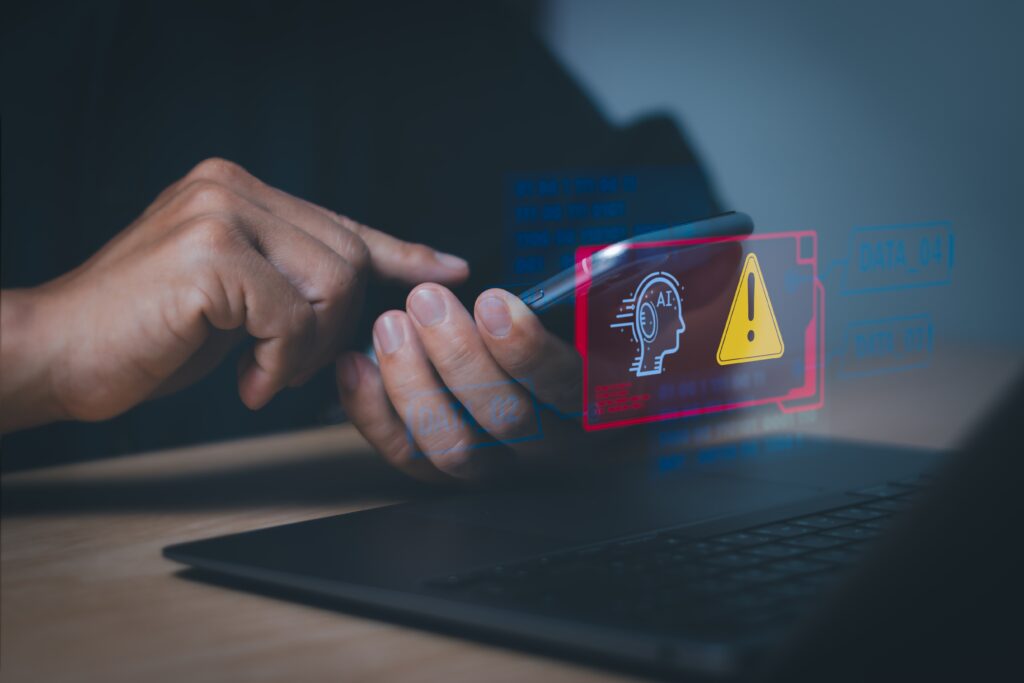
Most businesses today prioritize maintaining a clean and safe working environment, especially in sectors where safety is paramount. No medical professional who values patient safety would compromise on handwashing or surface sterilization protocols. Similarly, no one handling hazardous materials would neglect protective equipment. Even in sectors like education and retail, hygiene remains a top priority. Yet, in these same environments where clinical hygiene is rigorously maintained, cyber hygiene often falls by the wayside, particularly concerning mobile device security.
Mobile devices have evolved from simple communication tools to essential components of frontline operations. This evolution makes them prime targets for cybercriminals seeking vulnerabilities to infiltrate corporate networks. As mobile threats grow, cybersecurity hygiene must be held to the same standard as physical workplace hygiene. It should be routine, deeply embedded, and intolerant of shortcuts, rather than an afterthought.
The Expanding Threat Landscape
Mobile devices, including smartphones, tablets, and wearables, are now considered mission-critical across various sectors. From healthcare to education and energy, workers increasingly rely on mobile devices for core operations. Healthcare professionals access patient records via mobile apps, teachers engage students through interactive displays, and field engineers manage infrastructure through connected devices. However, this increased reliance on mobile technology has significantly expanded the attack surface, which cybercriminals are keenly exploiting.
The risk to mobile devices has surged in recent years, both in volume and sophistication. In a single year, over 33.8 million mobile-specific attacks were detected globally. These attacks exploit the lapses in cyber hygiene that persist across mobile fleets. Devices are often assumed to be safe by default or dismissed as low risk. Common issues include outdated operating systems, unpatched applications, and the absence of endpoint protection. Additionally, password reuse and the lack of multi-factor authentication (MFA) further elevate risks.
“Mobile endpoints have become the soft underbelly of corporate networks—widely used, minimally monitored, and inconsistently secured.”
Perception vs. Reality: The Mobile Security Dilemma
Despite their ubiquity, mobile devices are often perceived as fundamentally different from traditional endpoints. Most workers have internalized a cautious approach to browsing, installing apps, and handling files on desktops and laptops, likely due to their association with formal work environments. However, mobile devices are often viewed as personal, leading to a more relaxed attitude towards security. This perception fosters complacency, with less attention paid to potential threats like malicious attachments and applications.
Mobile devices are frequently used interchangeably for personal and business tasks, blurring the lines between secure and vulnerable environments. Threat actors exploit this mindset, particularly through phishing, which remains the most common and effective method of compromise. Mobile-specific variants, such as smishing (SMS phishing) and malicious app prompts, are particularly successful due to shortened URLs, limited screen space, and the absence of familiar desktop visual cues.
Integrating Mobile Security into Core Strategies
Organizations can inadvertently reinforce risky mindsets by failing to include mobile devices in core security strategies. Policies and protections standard on other endpoints, such as patch management and access controls, may be absent or inconsistently applied on mobile devices. This operational divide would never be tolerated in physical settings where protective measures are standardized and enforced across every tool and surface.
Many vulnerabilities exploited in mobile attacks stem from lapses in basic cyber hygiene—failures entirely preventable with consistent, well-enforced practices. Addressing these gaps does not require breakthrough technology but rather a disciplined approach to configuration, maintenance, and user behavior. Mobile devices should be fully integrated into enterprise risk management frameworks, with the same diligence applied to laptops and servers.
“At a minimum, all mobile devices should be kept up to date with the latest operating system and application patches.”
Mobile device management (MDM) or unified endpoint management (UEM) platforms can help organizations enforce policies around software updates, encryption, and app whitelisting across every device. Credential hygiene is equally critical. Strong passwords, enforced MFA, and discouraging reuse across services all help reduce account-based compromise. Endpoint protection tools that scan for malicious links or payloads should extend beyond desktops and laptops to mobile devices as standard.
A Strategic Reset: Treating Mobile Security as Mission-Critical
Physical hygiene is upheld as a system-wide discipline in the workplace, embedded in training, processes, and culture because the alternative is unacceptable risk. That same principle should govern how we approach mobile security. Mobile devices now sit at the intersection of convenience and criticality, and treating their security as secondary is no longer viable.
These devices are full-fledged endpoints, with access to sensitive systems and information, and they deserve to be treated accordingly. Like any surgical instrument or critical tool, mobile assets must be kept clean, controlled, and protected, without exception.
This article was produced as part of TechRadarPro’s Expert Insights channel, featuring the best and brightest minds in the technology industry today. The views expressed here are those of the author and are not necessarily those of TechRadarPro or Future plc.







